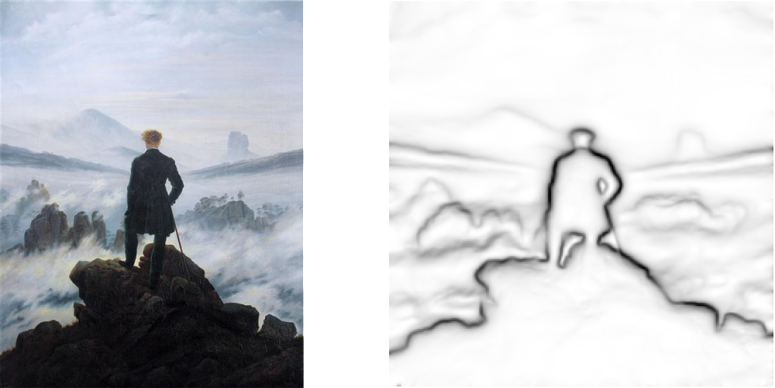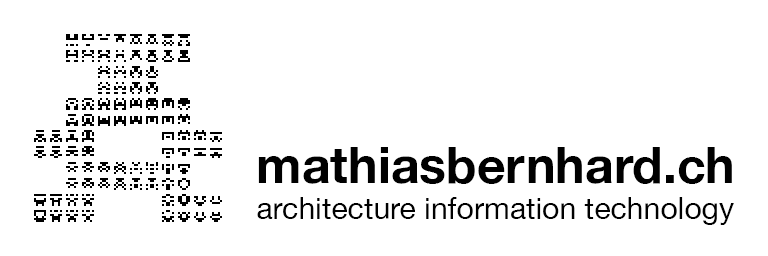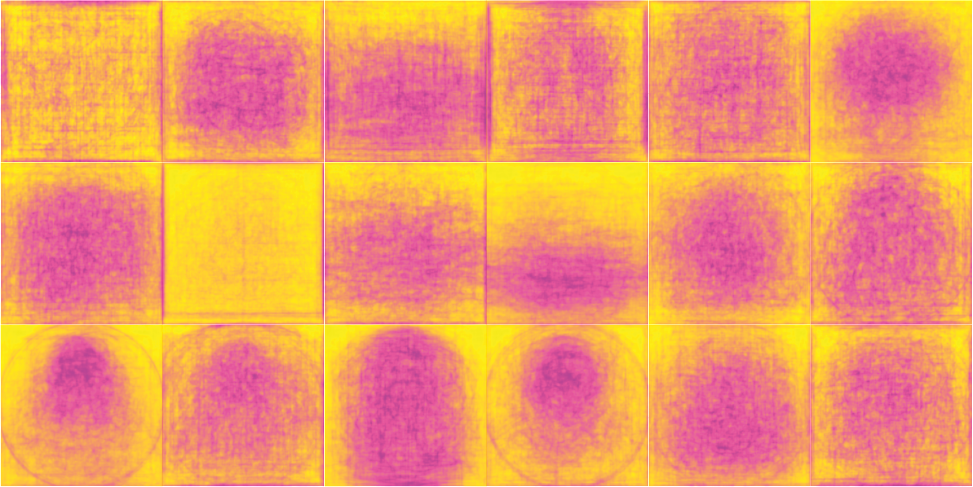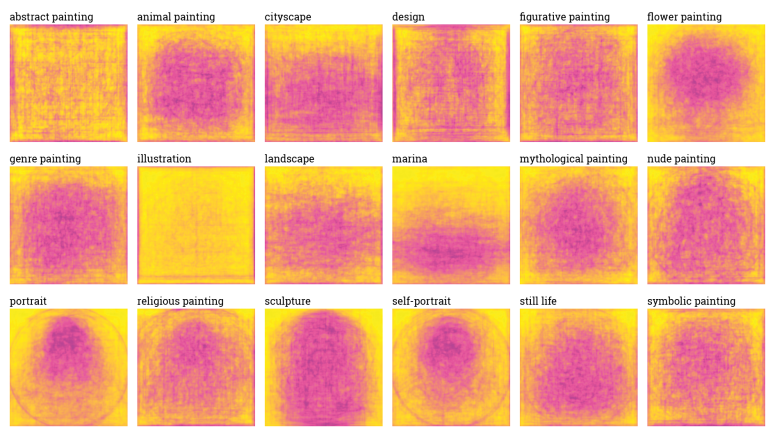The WikiArt collection contains over 100 K digital images of paintings, drawings, photographs, sculptures etc. The collection formerly went by the name WikiPaintings. The basis of this study is the dataset provided by the Computer Vision Group of UC Berkeley. Some of the nomenclature keeps changing as the collection grows, but the majority of links is still working.
The table of meta data contains the columns title, artists name, keywords, genre, date, style, technique and the urls to the page and the image. This study is a first attempt1 at distilling concepts specific to a certain genre. The method of analysis in this case is a Sobel filter, an algorithm used for edge detection with the aid of a convolutional kernel. This kernel is sensitive for abrupt changes in brightness.

The wanderer above the sea of fog (Caspar David Friedrich, 1818) left and the Sobel filtered representation right
Of all the 19 genres contributing at least 1000 images to the collection (omitted: sketch and study), a random selection of 500 images is analysed with the above method and accumulated in a matrix. The matrix then contains the sum of all edges at every pixel location. For the comparison, all images are scaled (and stretched) to 256×256 pixels. Like this, the proportional position of objects in the image are preserved. Two thirds from the left remains two thirds from the left. An other way to go would be to trim the images to a maximum inscribed square. The following figure shows the result of this summation. Pink color represents high values (many edges) while yellow represents low values. The caption above each subplot is the name of the respective genre.
At first sight, many of them look very similar and mainly contain a rather undefined ball of wool in the center. On a closer look, some peculiarities can be made out however.
In abstract paintings (row 1, column 1), the edges are very uniformly spread across the entire area, with a slight predominance of orthogonal (vertical and horizontal) lines. Painters of that genre seem to be very keen on fathoming the entire canvas.
The genre sculpture contains photographs of predominantly upright standing figures, zoomed to have it fill the entire picture. This manifests itself in the corresponding plot (r 3, c 3), with the fuzzy cloud centered and spanning the entire height of the graph.
Paintings from the group of cityscape (r 1, c 3) show horizontal structures (street horizon) in the lower part and vertical structures (buildings) in the upper part.
Almost the same is valid for marina scenes (r 2, c 4). The exception is the relatively low horizon, leaving space for sail masts looming in eerie skies.
A cloud indistinguishable from the ones of e.g. animal painting, genre painting or still life is present in the flower paintings (r 1, c 6), even though elevated a little above the center. The detailed blossoms are raised by the stems.
Two further genres to attract attention, very similar among each other and clearly distinct from the rest are portrait (r 3, c 1) and self-portrait (r 3, c 4). They clearly show dense areas where the head lays and both share some sort of halo, a circle inscribed within the frame of the image.
Such a search for concepts or characteristics might not be directly useful per se, but could eventually become the input for a classifier or a clustering algorithm. You as a reader are invited to dig for more hidden treasures.


